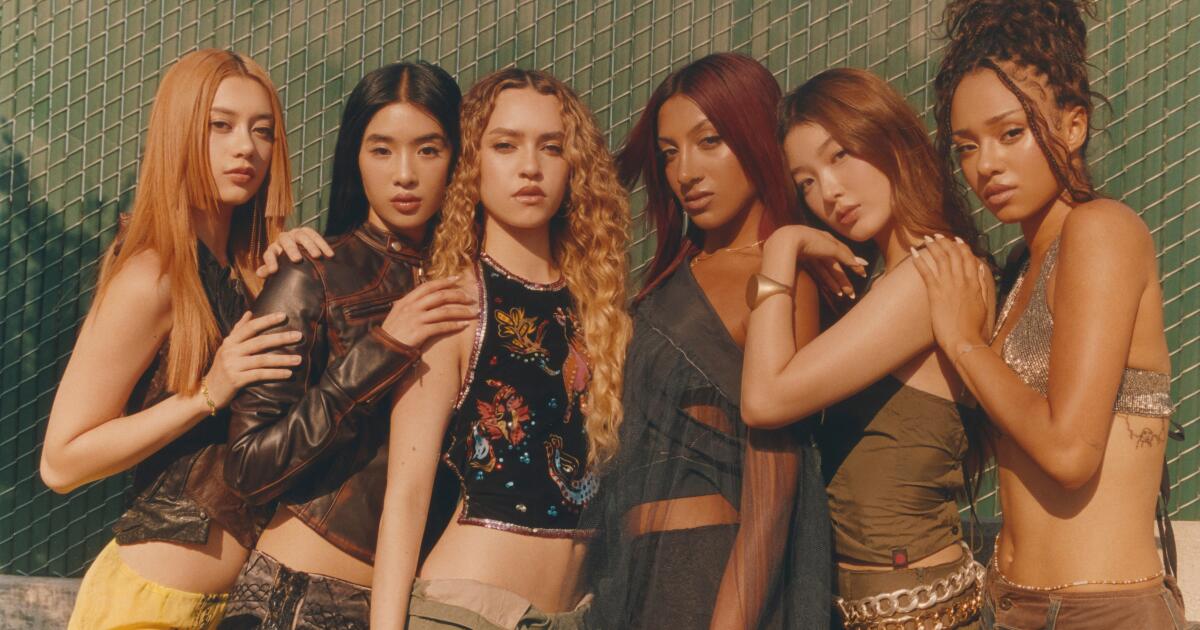Ever since the ascent of BTS, the Grammys have been K-pop-curious, but not typically in its marquee categories. This year marks a notable change — several acts with roots in K-pop have major-category nominations, which suggests the Academy has…

Ever since the ascent of BTS, the Grammys have been K-pop-curious, but not typically in its marquee categories. This year marks a notable change — several acts with roots in K-pop have major-category nominations, which suggests the Academy has…